Inner-City Farmers May Have Toxic Soil on Their Hands
Lead is a particular risk as people try to turn potentially contaminated urban sites into productive and sustainable farms
/https://tf-cmsv2-smithsonianmag-media.s3.amazonaws.com/filer/eb/85/eb8551ed-08ec-4da2-a579-1ac126dfbe6c/img_0365.jpg)
On a bright, clear day this autumn, Greensgrow Farm in Philadelphia is a hub of activity. One young dad with heavily tattooed arms pushes a stroller toward a smiling scarecrow and tries to persuade his toddler to pick up an orange pumpkin. A pair of young women on their lunch break linger over market displays of kale and arugula. Across the way, behind rows of carrots and herbs waiting to be picked from raised beds, a couple laughingly struggles to take selfies with Milkshake, the farm’s big, noisy pig.
Anyone taking in the idyllic, colorful scene for the first time would be hard pressed to imagine the same space 20 years ago, when the entire property had been declared a Superfund environmental disaster. Newcomers might also be forgiven for wondering about the safety of eating anything grown here.
But experts say that it is possible to grow safe, healthy food in previously polluted locations such as this one, if growers plan carefully. That’s good news for those who want to provide fresh produce to some of the most impoverished neighborhoods in the country, which are often bereft of healthy food options. But not everyone who grows urban crops understands the dangers that might lurk in their soil.
Greensgrow founder and "chief idea officer" Mary Seton Corboy knows about planning and soil concerns. When she started the farm, her property was covered in trash and broken-down industrial equipment left after a galvanizing steel plant was decommissioned. At the time, she thought it would never be a safe place to grow anything except hydroponic salad greens, suspended far above the ground.
“This place was a mess,” she says.
But careful planning, extensive clean-up, and removal of the underground tanks that once housed chemical baths of zinc, arsenic, cadmium and lead allowed Corboy to build Greensgrow into a thriving farm and a leader in the urban food movement. Her non-profit farm now reports a yearly income of more than a million and a half dollars, while providing jobs for 45 people.
“We like to say we took this place from abandoned to abundant,” she says.
Corboy is confident that what she is selling remains wholesome. Several feet of existing reinforced concrete ensure that most of the worst soil contaminants will never come in direct contact with crops here. And by bringing in several tons of clean soil and making compost each year to replenish her raised beds, she is now able to produce safe, healthy food and flowers for the neighborhood. She also gets her soil tested regularly and works with scientists to make sure everything is fine.
Surprisingly, experts say that most food grown in urban areas—even those in somewhat polluted locations—can be safe to eat, because contaminants are rarely taken up by plants in large amounts. The bigger risk comes to those working in the gardens.
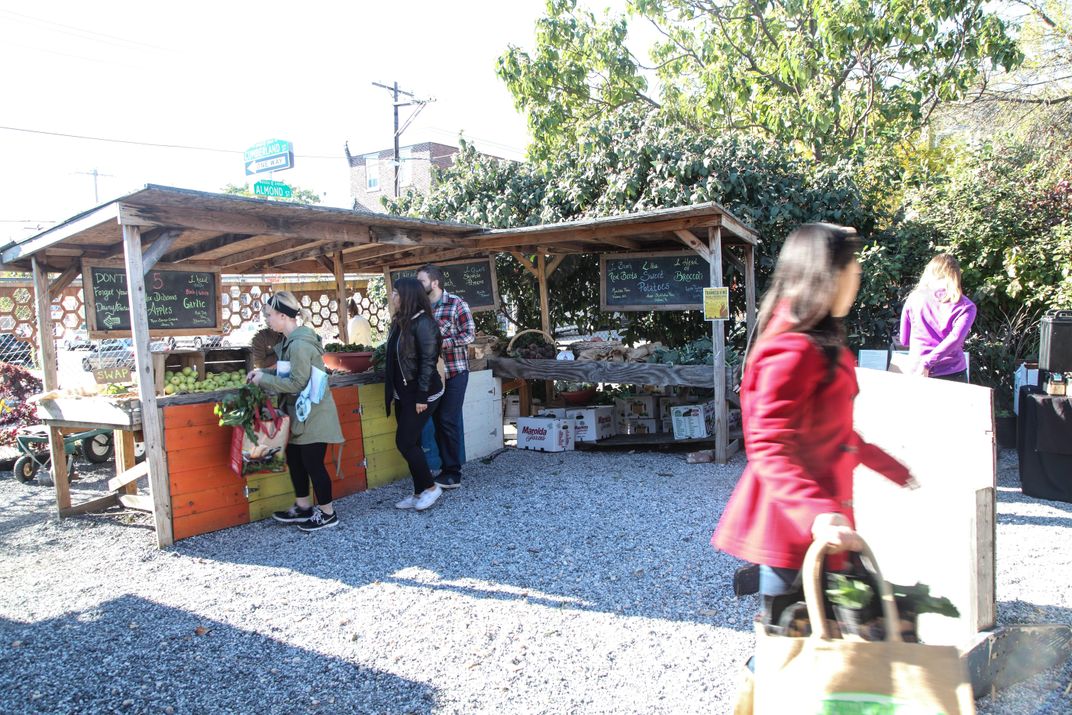
“The risk due to food grown in contaminated soil is very, very small,” says Ganga Hettiarachchi, an associate professor of soil and environmental chemistry at Kansas State University. For six years, she tested soil samples and food harvested from gardens in seven American cities, looking for the presence of contaminants. In many sites she found varying amounts of lead, zinc, arsenic and polycyclic aromatic hydrocarbons (PAHs) in the soil.
Lead was the contaminant of most concern in many of the places she studied. It was also the most common contaminant. This is not surprising, because many city dwellers struggle with elevated blood levels of the heavy metal.
There is some lead in all soils, and a natural concentration is considered 10 to 30 parts per million (ppm). Hettiarachchi’s studies of urban soils found levels ranging from 100 to 2,000 ppm.
Some lead found in urban backyards and parks was deposited in the form of car exhaust during the second half of the 20th century, when the heavy metal was an additive in gasoline. Some of it also came in the form of industrial activities which took place before implementation of the Clean Air Act forced smokestacks to be filtered.
The largest source for lead in urban soils, however, is likely paint on exterior structures built before 1978, when the government banned lead paint. But flaking clapboards and peeling porches often remain standing today, and even after being removed can leave a kind of “lead halo” in the soil. Those halos can remain for decades after a structure has been destroyed and removed.
Generally speaking, fewer children in the U.S. today have high blood levels of lead, thanks to environmental regulations. But in many impoverished urban areas, elevated blood levels continue to be a problem. Those struggling neighborhoods are often the very same places where food security remains a concern.
Cities like Baltimore, Philadelphia, Detroit and D.C. are seeking to end food deserts in such neighborhoods by establishing farms and supporting community gardens on vacant lots. Between 2008 and 2013, the number of people in cities growing food increased by 29 percent, according to the American Community Gardening Association. Given the rise of urban agriculture, understanding and promoting soil safety is sure to become a bigger civic priority.
Lead exposure can cause a multitude of health problems. In adults, exposure can cause an increased risk of high blood pressure, and pregnant women who are exposed to high levels of lead can suffer miscarriages, premature births and stillbirths, while developing fetuses can suffer deformations. The World Health Organization estimates that lead exposure contributes to about 600,000 new cases of children developing intellectual disabilities yearly. If blood levels are high enough, lead poisoning can even cause death.
But, Hettiarachchi says, the risk is small from eating food grown in contaminated soil, because most aboveground crops don't absorb enough lead to be a problem. In root crops such as carrots, the amount of lead uptake is slightly higher, but still so small that you would need to eat them every day for your entire life to experience any adverse effects.
“The main thing people need to be concerned about is direct exposure,” Hettiarachchi says.
Most people have heard about the dangers of lead paint, especially when children get lead-laced dust on their hands and then put their hands into their mouths. But for gardeners, direct exposure to lead can happen while digging through skin contact, inhalation or accidental ingestion.
The hardest part, many scientists agree, is getting the public to separate fact from fiction. Myths abound, including baseless stories about the power of sunflowers, mustards and spinach to remove lead from gardens.
Such urban legends frustrate Rufus Chaney mightily. He has spent the bulk of his career working on soils at the U.S. Department of Agriculture’s Agricultural Research Station and helped developed an early inexpensive test for lead in garden soils back in 1983. He’s also studied some of the ways that plants can be used to remove contaminants from soil in a process called phyto-extraction. For some elements, such as cadmium, nickel and selenium, that process works. But not for lead.
Chaney also thinks gardeners need to understand the “soil splash principle.” When it comes to leafy crops like spinach and lettuce, he says, “fine particles that get stuck on the surface and are hard to wash off are the main source of lead.” For this reason, those who garden in areas with increased lead levels would want to avoid growing lettuce, spinach, chard and herbs and use raised beds and fresh soil.
It seems, however, that much of the information about urban soil contaminants has yet to reach the rank and file of the new urban ag scene. In 2013, the Johns Hopkins Center for a Livable Future (CLF) surveyed gardeners in Baltimore and found that most did not have a high level of concern about soil toxins. Although 99 percent knew it was important to understand their garden’s land-use history, only 7 percent had obtained information from a government agency.
Many also said the process of getting soil tested was confusing and daunting, or that the cost of testing was prohibitively expensive. When it came to lead, 70 percent of those surveyed talked about eating crops as a method of exposure, but none mentioned accidentally swallowing small amounts of soil while gardening. Very few also seemed to understand that contaminants could be kicked up during gardening or cling to shoes and be carried home on clothing.
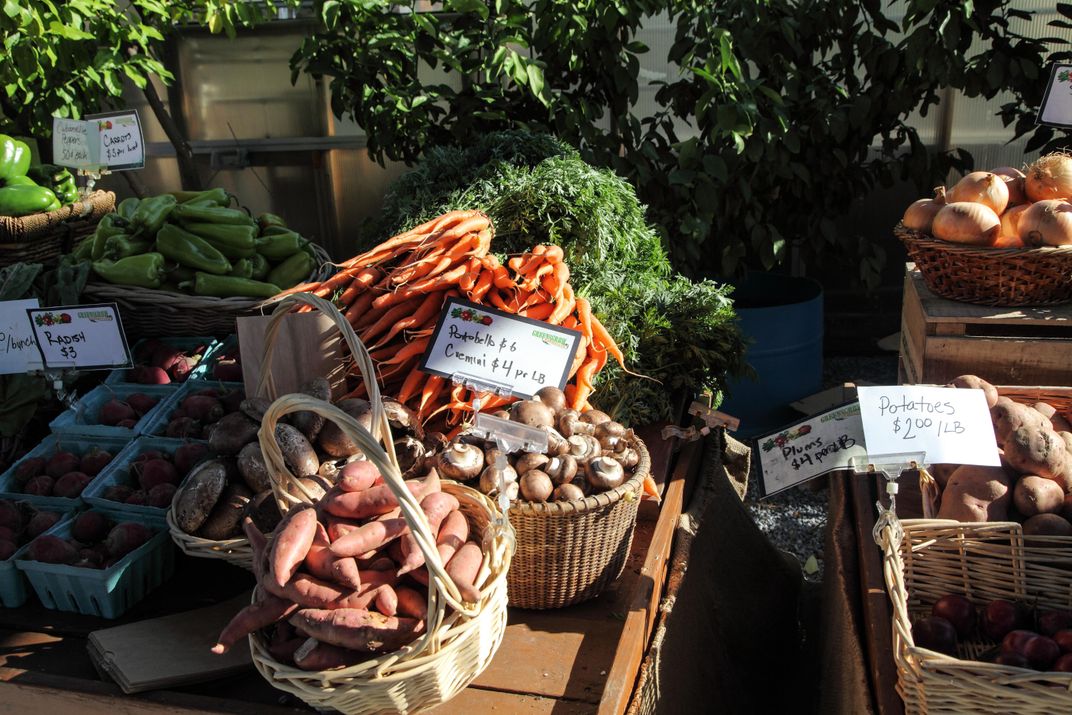
Even so, most researchers working on the issue agree that the very real benefits of urban gardening far outweigh the risks, and they don’t want to deter people from taking part. Beyond food itself, gardeners are outside getting exercise. Gardens have been shown to reduce crime in some locations, and often those who live nearby experience health benefits such as lower blood pressure and reduced depression. Urban spaces filled with plants also reduce pollution problems, and planted green spaces can help reduce the urban heat island effect.
It would be understandable, however, to see why someone might give up entirely on growing urban food after listening to Anna Evans-Goldstein, one of the founders of a community garden called Making Miles in Baltimore, Maryland. She and her fellow gardeners had dutifully tested the soil on their lot when they began gardening there in 2012. After learning their heavily compacted dirt was full of contaminants, her volunteer team worked to build raised beds and brought in clean soil.
But later, when a contractor was called in by the city—ironically, to expand the garden’s capacity by removing the abandoned neighboring home—the hired crew did nothing to protect the new beds and instead smashed them with backhoes, killing plants and spreading trash and contaminants all over again.
“Soil is gold,” Evans-Goldstein says. “It is also one of the most expensive things you can get for your garden.” As the backhoes moved in, some of the gardeners ran after them, frantically screaming and scrambling to rescue what they could in buckets.
Someone donated a pile of new soil, but Making Miles gardeners later discovered a hazmat sign buried at the bottom of it. It took a full year to get all of the growing soil back to being safe.
Evans-Goldstein says that from the beginning everyone involved in Making Miles understood the need to be careful. Often, those who establish gardens in Baltimore worry more about things like hypodermic needles, she says. Through both formal and informal gardening networks, there’s an increasing awareness in Baltimore’s community gardens that there are also unseen dangers in soils that need to be addressed.
What she wonders about, though, are the growers who may not be a part of such networks, who remain uninformed and plant a few crops in their own backyards.
“A lot of kids from the neighborhood would also come play in our garden and come visit us while we were gardening,” she says. The area lacks a playground or park, and the garden was the only green space many of them knew. Having the neighborhood kids visit brought the adults joy but also inspired them to take every precaution they could think of, including buying gloves to keep on hand for visitors and putting down thick layers of wood chips in the areas outside the beds.
“We were really mindful that the kids were the ones that are the most susceptible to whatever we had on that space.”
Although Evans-Goldstein has since left Baltimore to attend graduate school, she says the garden continues on, and she’s glad. The neighborhood has benefited from the green space and increased access to healthy food, and it brought her friends and neighbors together for a shared goal.
“I think community gardening is one of those underappreciated civic activities,” she says. “We all grew up in Baltimore and we really cared about making the city better.”
/https://tf-cmsv2-smithsonianmag-media.s3.amazonaws.com/accounts/headshot/gillespie.jpeg)
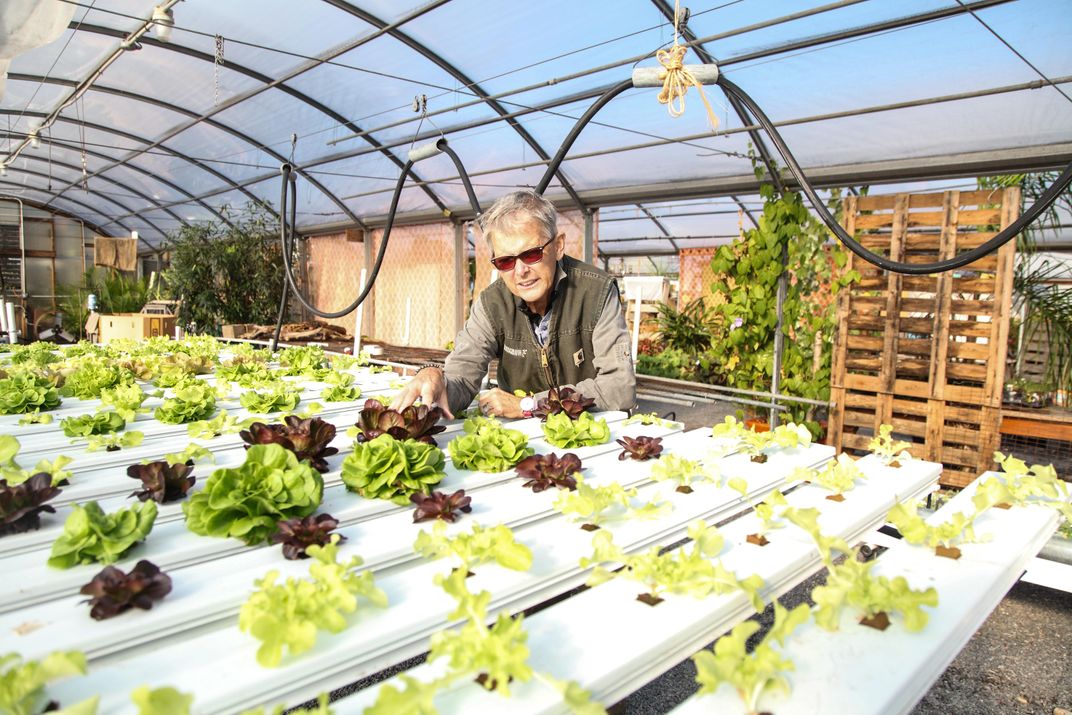
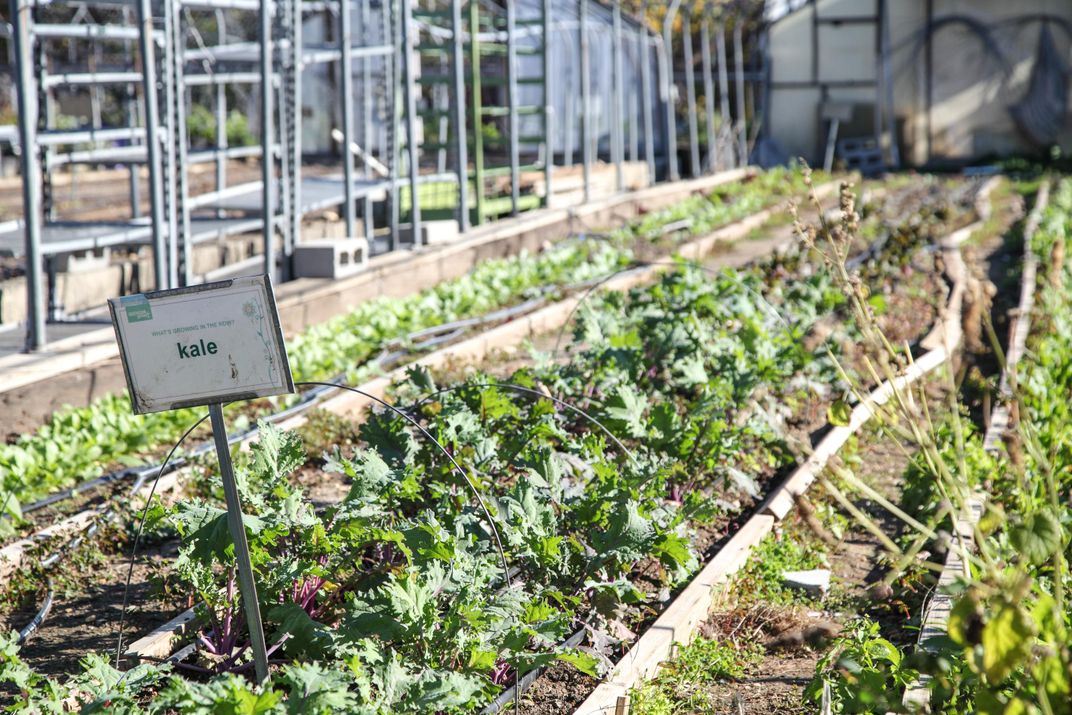
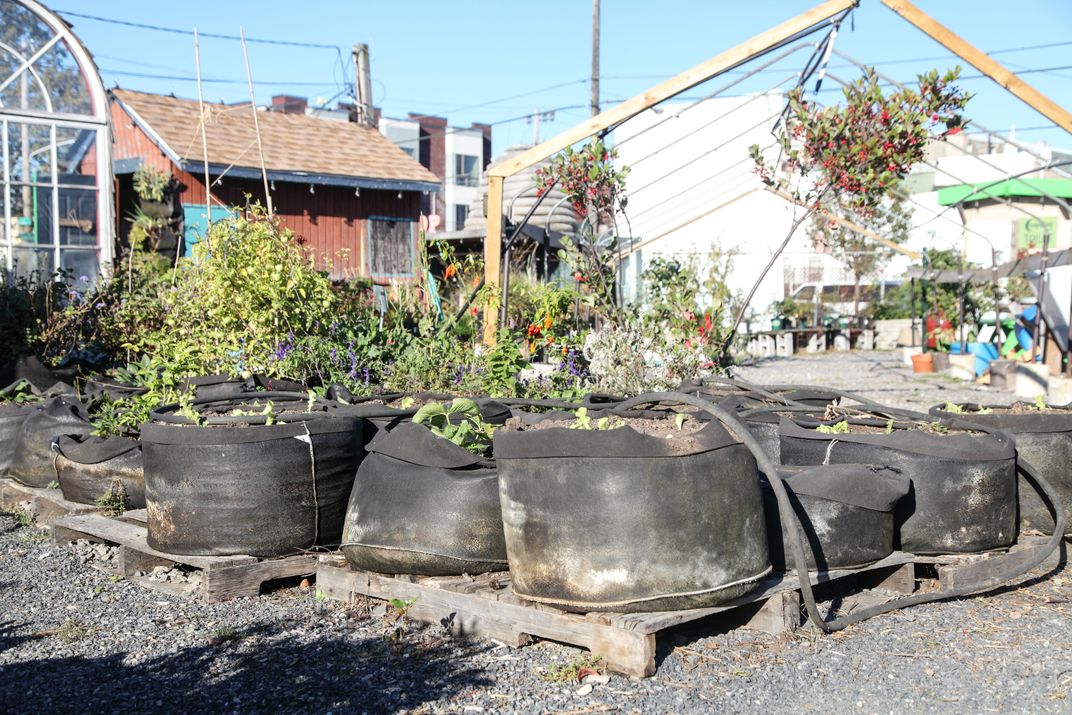
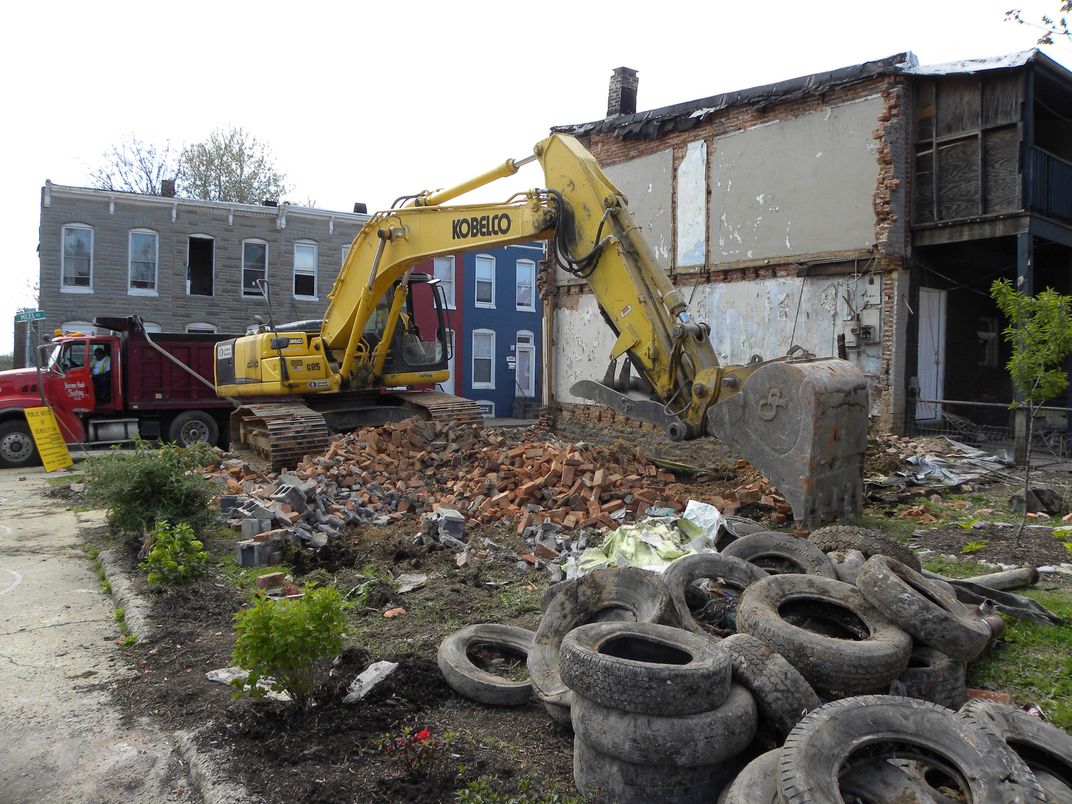
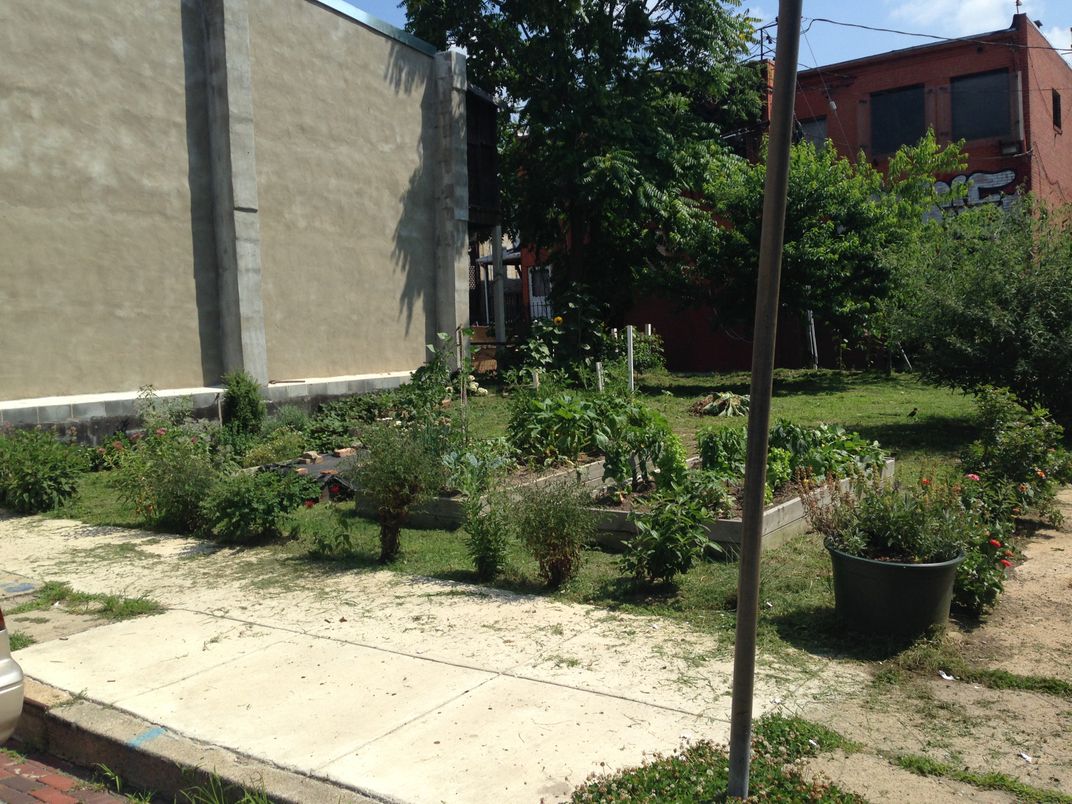
/https://tf-cmsv2-smithsonianmag-media.s3.amazonaws.com/accounts/headshot/gillespie.jpeg)